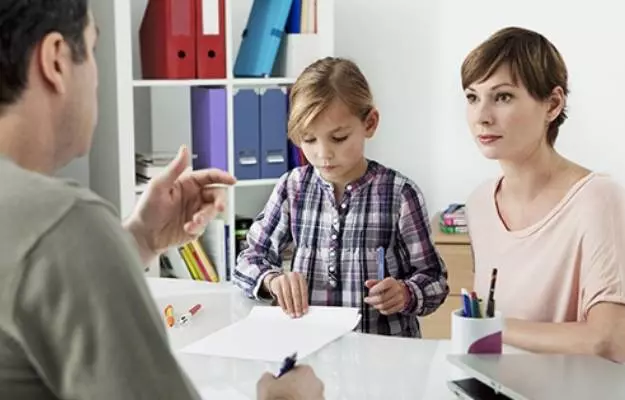Cognitive behavioural therapy (CBT) is a type of psychotherapy—or talk therapy—that is typically used for short-term treatments. It can be done one-on-one or in group sessions.
CBT is often used for people struggling with ADHD (attention deficit hyperactivity disorder) and other similar developmental disorders.
ADHD typically affects children and is the most common developmental or mental health disorder that is associated with children, with an average prevalence of about 5.3% around the world.
Techniques such as CBT are used to help patients to identify the problem they are experiencing and address them with tweaks in their behaviour and feelings.
Besides ADHD, CBT is used to address problems and disorders like:
- Stress
- Anxiety
- Depression
- PTSD (post-traumatic stress disorder)
- Eating disorders
- Panic attacks
- Anger
- Phobias
- Addictions
Different types of therapy involve different approaches and methods. For example, exposure therapy is about showing a patient something they are afraid of again and again to help them overcome their fear. CBT, as the name suggests, focuses primarily on cognitive functions, or the process of understanding things with the help of thoughts, experiencing and senses.
CBT can help individuals with ADHD identify their patterns of thought and empower them to manage their reactions and responses through a more planned approach to thinking and behaving, especially in social situations. It allows children as well as adults with ADHD to be more reflective, and through their thoughts, become more attentive, and make their daily tasks goal- or process-oriented, especially at school, work or while performing tangible tasks.























